Cornell University engineers have taught a robot to work in a mock-supermarket checkout line, modifying a Baxter robot from Rethink Robotics in Boston to 'coactively learn' from humans and make adjustments while an action is in progress.
Nov 5th, 2013
Read more
Recent studies from two research teams at the Polytechnic Institute of New York University demonstrate how underwater robots can be used to understand and influence the complex swimming behaviors of schooling fish.
Oct 31st, 2013
Read more
In response to industry's growing need for engineers with the specialized skills and expertise to design and deploy advanced robotics systems, The Johns Hopkins University's Whiting School of Engineering now offers a Master of Science in Engineering in Robotics (MSE Robotics) degree program.
Oct 31st, 2013
Read more
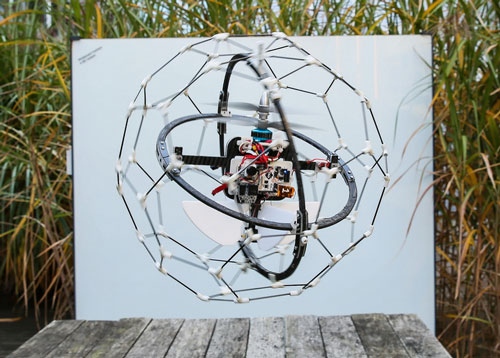 Gimball bumps into and ricochets off of obstacles, rather than avoiding them. This 34-cm in diameter spherical flying robot buzzes around the most unpredictable, chaotic environments, without the need for fragile detection sensors.
Gimball bumps into and ricochets off of obstacles, rather than avoiding them. This 34-cm in diameter spherical flying robot buzzes around the most unpredictable, chaotic environments, without the need for fragile detection sensors.
Oct 30th, 2013
Read more
Scientists at The University of Queensland have discovered how the honeybee can land anywhere with utmost precision and grace - and the knowledge may soon help build incredible robot aircraft.
Oct 29th, 2013
Read more
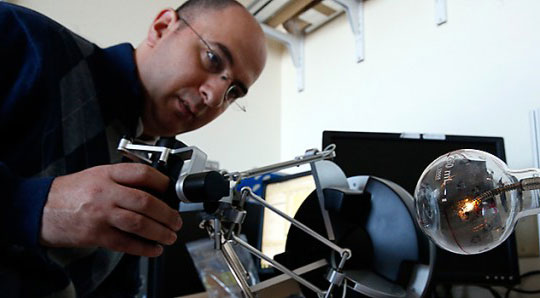 Providing surgical robots with a new kind of machine intelligence that significantly extends their capabilities and makes them much easier and more intuitive for surgeons to operate is the goal of a major new grant announced as part of the National Robotics Initiative.
Providing surgical robots with a new kind of machine intelligence that significantly extends their capabilities and makes them much easier and more intuitive for surgeons to operate is the goal of a major new grant announced as part of the National Robotics Initiative.
Oct 26th, 2013
Read more
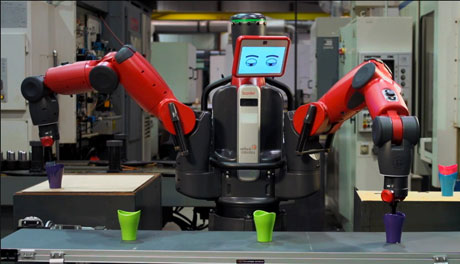 Cornell engineers are helping humans and robots work together to find the best way to do a job, an approach called 'coactive learning'.
Cornell engineers are helping humans and robots work together to find the best way to do a job, an approach called 'coactive learning'.
Oct 24th, 2013
Read more
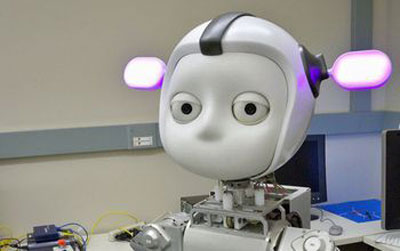 The National Science Foundation (NSF), in partnership with the National Institutes of Health (NIH), U.S. Department of Agriculture (USDA) and NASA, announced new investments totaling approximately $38 million for the development and use of robots that cooperatively work with people to enhance individual human capabilities, performance and safety.
The National Science Foundation (NSF), in partnership with the National Institutes of Health (NIH), U.S. Department of Agriculture (USDA) and NASA, announced new investments totaling approximately $38 million for the development and use of robots that cooperatively work with people to enhance individual human capabilities, performance and safety.
Oct 24th, 2013
Read more
 Jellyfish are one of the most energetically efficient natural propulsors on the planet, according to Shashank Priya, professor of mechanical engineering at Virginia Tech. He led a study highlighting the motion of the jellyfish.
Jellyfish are one of the most energetically efficient natural propulsors on the planet, according to Shashank Priya, professor of mechanical engineering at Virginia Tech. He led a study highlighting the motion of the jellyfish.
Oct 17th, 2013
Read more
Teaching two-legged robots a stable, robust 'human' way of walking - this is the goal of the international research project KoroiBot with scientists from seven institutions from Germany, France, Israel, Italy and the Netherlands.
Oct 17th, 2013
Read more
 RoCKIn is short for 'Robot Competitions Kick Innovation in Cognitive Systems and Robotics' and it is an EU-funded Coordination Action aiming at the promotion of research and education through competitions.
RoCKIn is short for 'Robot Competitions Kick Innovation in Cognitive Systems and Robotics' and it is an EU-funded Coordination Action aiming at the promotion of research and education through competitions.
Oct 17th, 2013
Read more
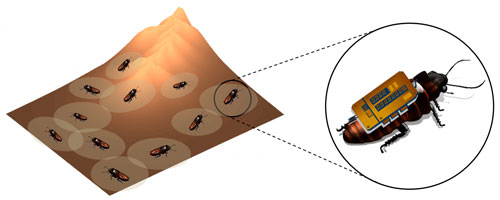 Researchers from North Carolina State University have developed software that allows them to map unknown environments - such as collapsed buildings - based on the movement of a swarm of insect cyborgs, or 'biobots'.
Researchers from North Carolina State University have developed software that allows them to map unknown environments - such as collapsed buildings - based on the movement of a swarm of insect cyborgs, or 'biobots'.
Oct 16th, 2013
Read more
An innovative program that introduces robotic technology into non-technical middle school classes will be used by suburban Pittsburgh and rural West Virginia schools in a federally funded research project to identify and nurture students with an affinity for science, technology, engineering and mathematics (STEM).
Oct 9th, 2013
Read more
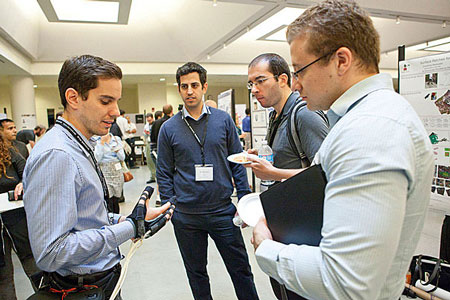 Northeast Robotics Colloquium showcases new machines designed to improve everyday life.
Northeast Robotics Colloquium showcases new machines designed to improve everyday life.
Oct 9th, 2013
Read more
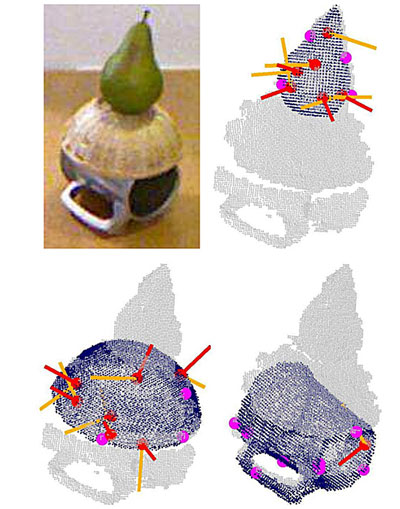 A neglected statistical tool could help robots better understand the objects in the world around them.
A neglected statistical tool could help robots better understand the objects in the world around them.
Oct 7th, 2013
Read more
WildCat is a four-legged robot being developed by Boston Dynamics to run fast on all types of terrain.
Oct 5th, 2013
Read more
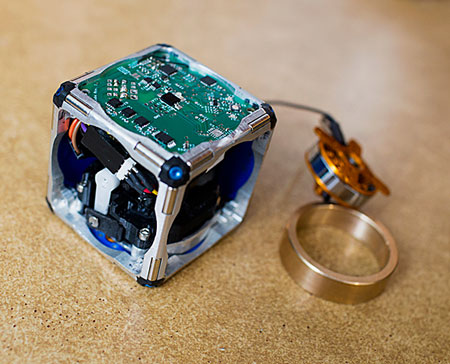 Small cubes with no exterior moving parts can propel themselves forward, jump on top of each other, and snap together to form arbitrary shapes.
Small cubes with no exterior moving parts can propel themselves forward, jump on top of each other, and snap together to form arbitrary shapes.
Oct 4th, 2013
Read more
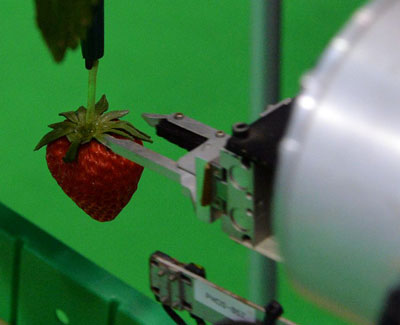 A robot that picks ripe strawberries as the farmer sleeps was unveiled recently, with its developer saying it could cut workloads by two-thirds.
A robot that picks ripe strawberries as the farmer sleeps was unveiled recently, with its developer saying it could cut workloads by two-thirds.
Oct 1st, 2013
Read more

 Subscribe to our Robotics, AI & SmartTech News feed
Subscribe to our Robotics, AI & SmartTech News feed









